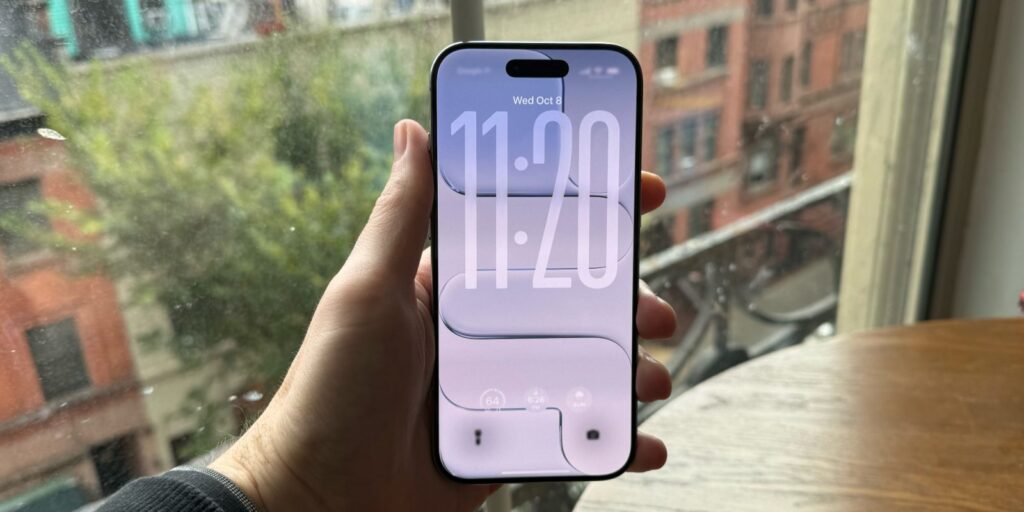
Apple’s latest innovation, the iPhone Air, has garnered positive attention since its release, particularly for its screen size. Users are discovering that the device’s 6.5-inch display offers an ideal balance between functionality and usability. For many, including this reviewer, the opportunity to handle a larger screen without sacrificing comfort is a significant advantage.
The iPhone Air has been in use for nearly three weeks, and its lighter, thinner design has proven to enhance the experience of a larger display. In a city like New York, where mobility is essential, the ability to navigate one-handed is crucial. Historically, larger iPhones have dominated sales, but this device caters to a different preference that some users, including myself, share.
In previous years, I opted for smaller models, such as the iPhone 16 Pro, iPhone 15 Pro, and iPhone 14 Pro. My last experience with a smaller device was the iPhone 12 mini, which fit comfortably in my hand. Despite this, the allure of Pro-exclusive features led me to transition to the iPhone 13 Pro. The recent trend saw the iPhone 16 Pro’s display increase from 6.1 inches to 6.3 inches, a change that made the device feel bulkier.
The iPhone Air’s transition to a larger display has been surprisingly positive. While one might expect a 6.5-inch screen to feel unwieldy, the device’s reduced depth makes it manageable. The thinner design means that holding the phone one-handed is feasible, providing a comfortable experience that contrasts sharply with the bulkier Pro models.
Comparing Dimensions: A Closer Look
To better understand the differences, it is essential to compare dimensions. The iPhone Air boasts a 6.5-inch display against the 6.3-inch display of the iPhone 16 Pro. At first glance, the increase in screen size may appear challenging. Yet, the iPhone Air’s design minimizes depth, resulting in a device that feels good in the hand. If the iPhone Air were designed with the same dimensions as the Pro models, it would likely feel cumbersome.
Despite a preference for smaller screens, the iPhone Air has proved to be a solid compromise, particularly for users accustomed to larger Pro Max models, which typically feature 6.7-inch displays. This device not only excels in screen size but also aligns with expectations for battery life and durability.
Looking forward, the upcoming iPhone Fold presents an exciting possibility for those who prefer a smaller device. It is anticipated to provide both a compact screen when folded and a larger display when opened, catering to diverse user needs.
In conclusion, the iPhone Air stands out for its screen size and overall usability. As users explore this new model, feedback will continue to shape perceptions. Those who have already upgraded are encouraged to share their experiences, particularly regarding the screen size and its impact on daily use.







